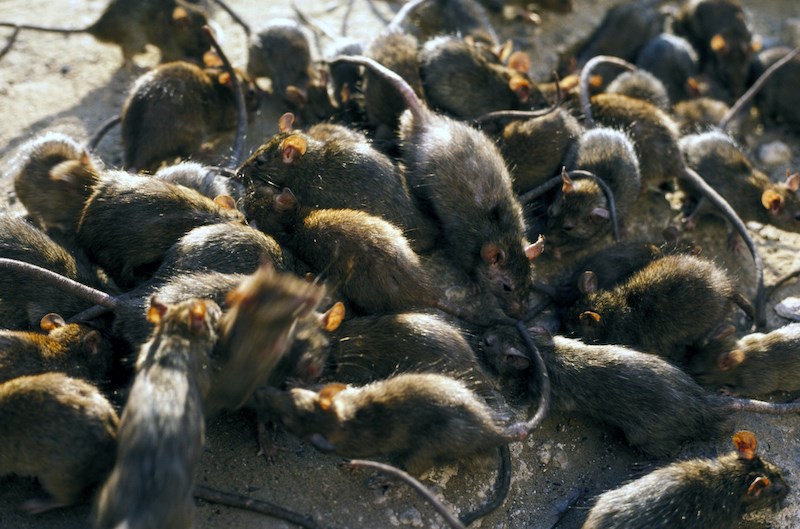As the City of Vancouver grapples with what to do about the conflict between Stanley Park's resident wild canines and people, many individuals have suggested a complete coyote cull.
But what ramifications, if any, would that have on the sprawling urban oasis?
Touted as the "crown jewel" of Vancouver, numerous locals spend their free time exploring the park with friends and family. For some, summer is synonymous with visits to the gargantuan green space, while others visit the park year-round.
This year, however, visits were not permitted to areas of the park, particularly Prospect Point, after multiple coyote attacks.
The Vancouver Board of Parks and Recreation announced Tuesday (Aug. 31) that it will also extend overnight closures in an effort to reduce continued conflict between park users and coyotes.
What do coyotes eat (besides garbage)?
Fur-Bearers Executive Director Lesley Fox says coyotes have plenty to snack on in Stanley Park — and they don't need human hand-outs, either. In fact, she says people feeding the wild canids has likely caused a great deal of conflict.
While she didn't spot anyone feeding a coyote directly on her last visit to the park, Fox notes that feeding other animals will bring coyotes closer to people.
"Birdseed brings in rats and mice and squirrels which attracts coyotes. When there's birdseed all over the trails in public areas people think they're helping the birds but what they don't understand is it's a cascade effect," she explains.
By interrupting a natural ecosystem, all of the animals will exhibit changed behaviour, adds Fox, who says she saw people distributing shopping bags of cat food and birdseed in the park. "They don't need anything from people; they have everything they need in the park."
And since coyotes control some of the resident rodent population, removing all of them could mean a serious uptick in rats, squirrels, voles, and mice, she explains.
How fast might a rat population grow in Stanley Park?
Mike Londry, President of Westside Pest Control, says rats multiply at an impressive pace, particularly if there is adequate food, shelter, and water for them to thrive. While he can't say exactly what effect the canines have on the rodent population, he feels it isn't unreasonable to assume the population would grow without the coyotes around.
"Rats will typically have litters of approximately five to 12 and those litters can happen as often as five to seven times a year," he explains. "Five is kind of normal."
In other words, if 100 rats have adequate food and resources with no viable predator, that population could grow to 2,500 or more in a year's time. Of course, there may be thousands of rats in Stanley Park but no one has released a "rat count." There isn't a "coyote count," either.
"It depends on what there is to sustain them. A normal person's house will have between three and six rats," he notes. "But in this tiny house in Kerrisdale, we once caught 17 rats."
Coyotes expanded their range into the Lower Mainland in the 1980s but they have been found throughout North America since the Pleistocene era. The species thrives in urban centres, not unlike rats.



